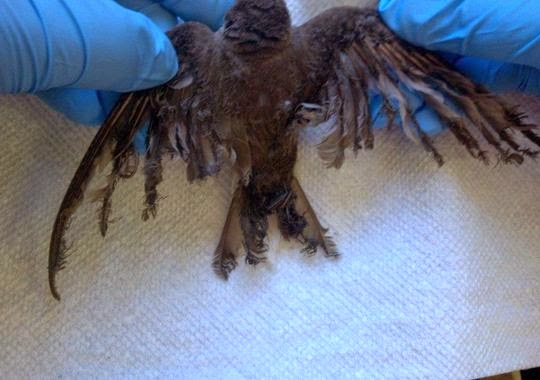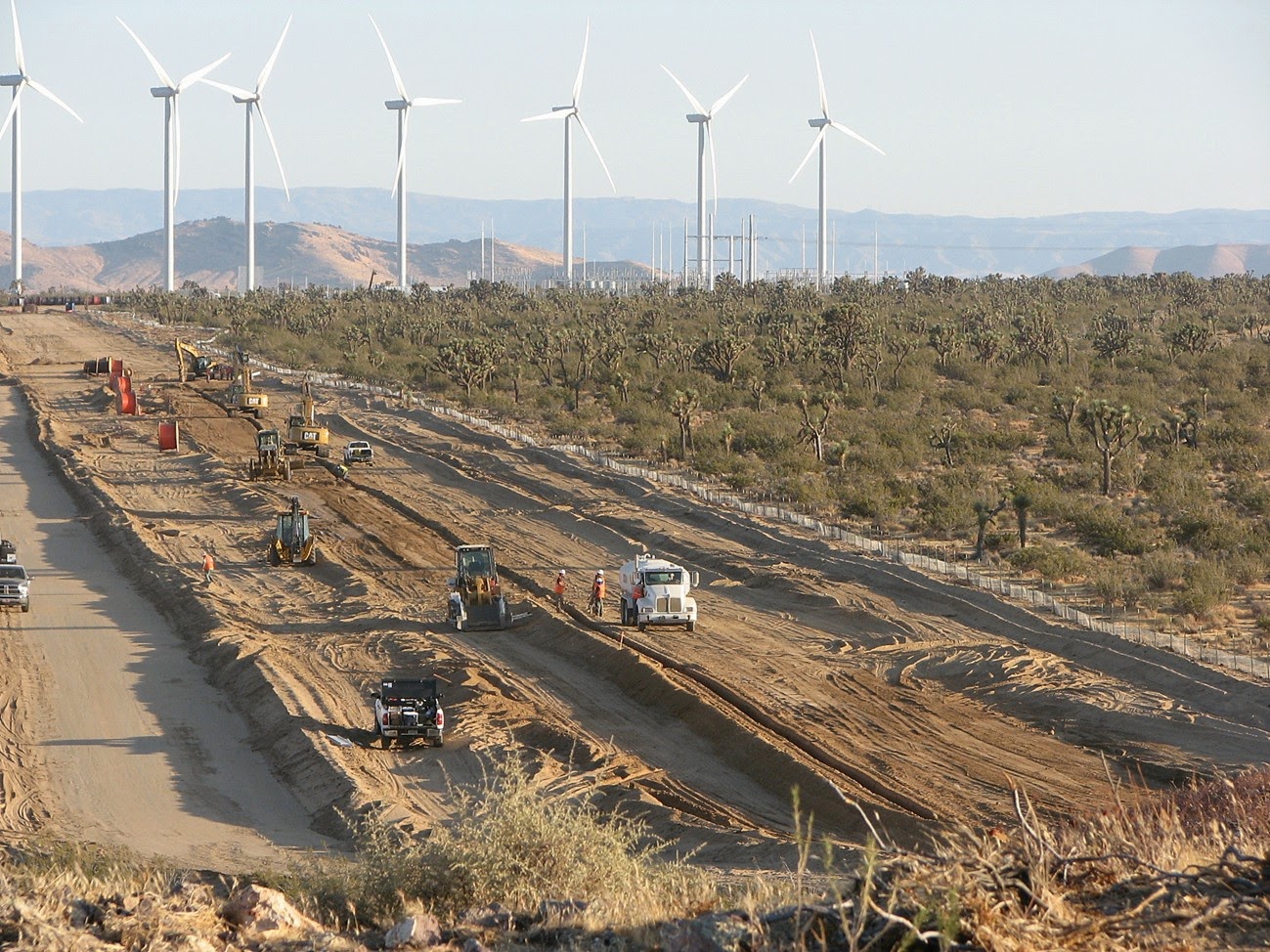Tortoise Toll Mounts at Nevada Solar Project

First Solar's Silver State South project has displaced over 152 desert tortoises, according to data obtained by Basin and Range Watch , and this toll is expected to rise since construction crews have not yet finished bulldozing the threatened animal's habitat. The Silver State South solar project is being built just east of Primm, Nevada on 3.7 square miles of intact Mojave Desert habitat that biologists have determined to be a key corridor for the desert tortoise - facilitating genetic flow for the species that is important for its survival in the face of many anthropogenic threats, including climate change. A giant cholla cactus on the site of First Solar's Silver State South Solar project. This cactus' size suggests it has survived for a long time in the arid and harsh climate of the Mojave Desert, but it will be destroyed to make way for an energy project that allows us to charge our iPhones and run our air conditioners. The same solar panels that will displ...



.jpg)








